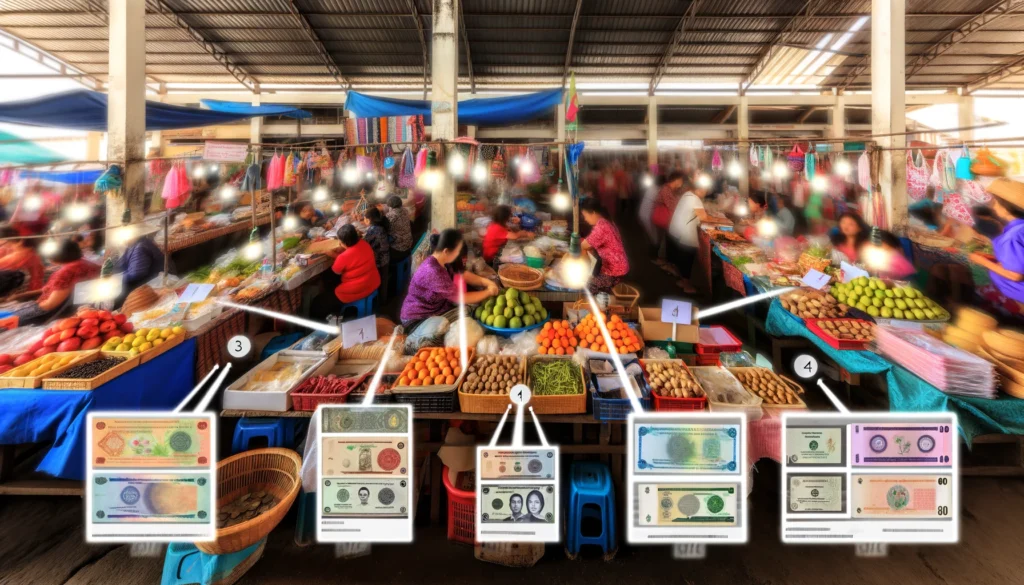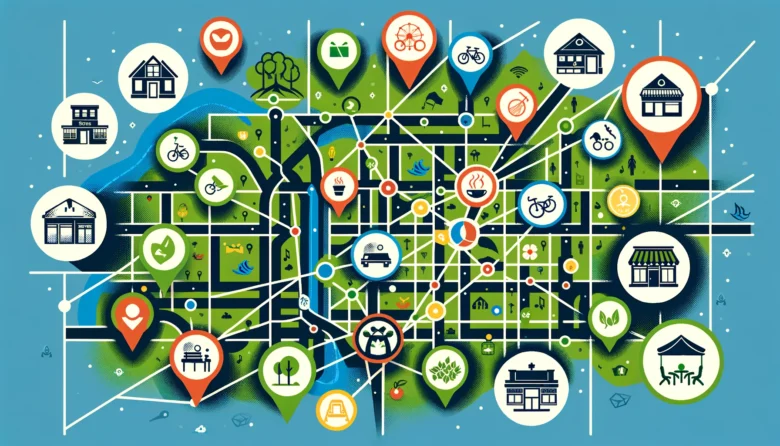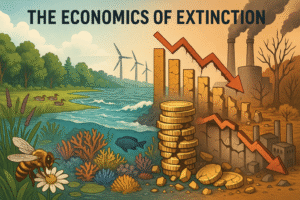Introduction – “Local Currencies: Path to Eco-Friendly Growth“
Welcome to the beginning of our exploration into the fascinating world of local currencies. This series will guide you through the intricacies of how these unique forms of money are creating sustainable and resilient economic practices in communities around the globe. Whether you’re a finance enthusiast, a sustainability advocate, or simply curious, this journey promises to enlighten and inspire.
Why Local Currencies?
In today’s rapidly globalizing world, the appeal of local currencies is stronger than ever. But why are communities around the globe increasingly turning to these alternative economic systems? The answer lies in the quest for a more sustainable, resilient, and inclusive local economy.

Local currencies represent a deliberate shift towards strengthening local economies by keeping money circulating within the community. They embody a commitment to sustainability, encouraging the purchase of locally produced goods and services, which in turn reduces the environmental impact of long-distance transportation. Moreover, these currencies are a tool for building community cohesion and fostering a sense of belonging and mutual support among residents.
By providing an alternative to the dominant global financial system, local currencies enable communities to design economic models that reflect their unique needs and values. They offer a pathway to financial inclusion for those who might be marginalized or underserved by traditional banking systems, thus democratizing access to economic resources and opportunities.
The Rise of Local Economies
The movement towards local economies is not merely a reaction to global economic challenges but a proactive approach to creating more sustainable and self-sufficient communities. At the heart of this movement are local currencies, which play a pivotal role in redefining economic success to prioritize local well-being over global profitability.

Local economies thrive on the principles of direct exchange, where goods and services are traded within a tight-knit community, enhancing the local economic loop. This model supports small businesses, artisans, and producers by providing them with a dedicated market for their products, thereby encouraging local entrepreneurship and innovation.
Furthermore, the rise of local economies signals a growing awareness and concern for the environmental implications of our consumption patterns. By reducing the reliance on imported goods, communities can significantly lower their carbon footprint, contributing to broader environmental conservation efforts.
The strength of local economies lies in their ability to adapt and respond to the specific needs of the community, creating a resilient economic infrastructure that can withstand global economic shocks and stresses. Through the lens of local currencies, we can see the potential for a future where economic systems support sustainable development, social cohesion, and equitable access to resources for all members of the community.
Sustainability at the Heart
At the core of the local currency movement is a deep-seated desire for sustainability. Local currencies are not just about keeping money circulating within a community; they’re about creating a self-sustaining economic ecosystem that thrives on local resources, talent, and services. By prioritizing transactions within the community, these currencies help reduce the carbon footprint associated with transporting goods over long distances. This emphasis on local consumption and production makes local currencies a powerful tool for communities committed to ecological sustainability and resilience against global economic fluctuations.

Imagine a world where your morning coffee purchase directly supports the local coffee shop owner, the local bakery, and even the local dairy farmer. This interconnected economic web strengthens community bonds and ensures that your spending contributes to the growth and well-being of your locality.
Looking Forward
As we delve deeper into this series, we’ll explore the multifaceted roles that local currencies play in fostering economic resilience, supporting local businesses, and promoting sustainability. We’ll look at real-world examples of local currencies in action, understanding their benefits, challenges, and the lessons they offer for a sustainable economic future.

The journey ahead promises to be enlightening, as we uncover the transformative power of local currencies in redefining economic models to be more inclusive, sustainable, and community-focused. Stay tuned for our next blog, where we will dive into the economic impact of local currencies and their effect on global economics.
Author’s Note:
Thank you for joining me on this exploration of local currencies. I hope that this series sparks curiosity and inspires conversations about the potential of these currencies to create more resilient and sustainable communities. As we explore together, I encourage you to reflect on the role of money in society and how innovative approaches like local currencies can shape a better economic future for all.
G.C., Ecosociosphere contributor.
References and Further Reading:
- “Local Money: How to Make it Happen in Your Community” by Peter North – A practical guide to creating and sustaining local currencies.
- “People Money: The Promise of Regional Currencies” by Margrit Kennedy, Bernard Lietaer, and John Rogers – Explores the transformative potential of local currencies around the world.
- “The Future of Money: Creating New Wealth, Work and a Wiser World” by Bernard Lietaer – Offers a deep dive into how money systems can evolve to support community and ecological well-being.





Comments
Your point of view caught my eye and was very interesting. Thanks. I have a question for you.
I don’t think the title of your article matches the content lol. Just kidding, mainly because I had some doubts after reading the article.
Your point of view caught my eye and was very interesting. Thanks. I have a question for you.